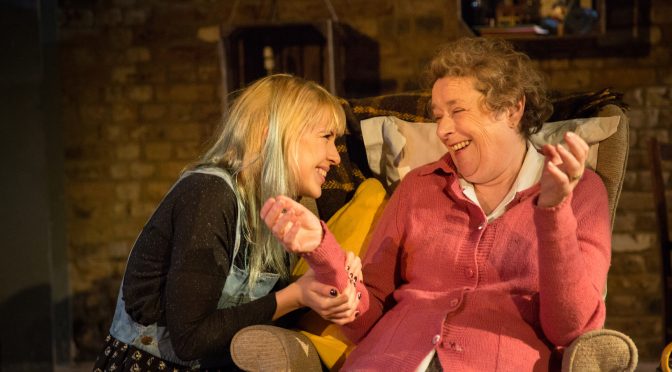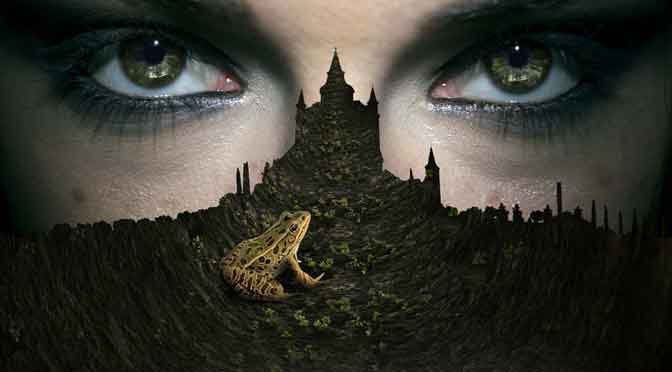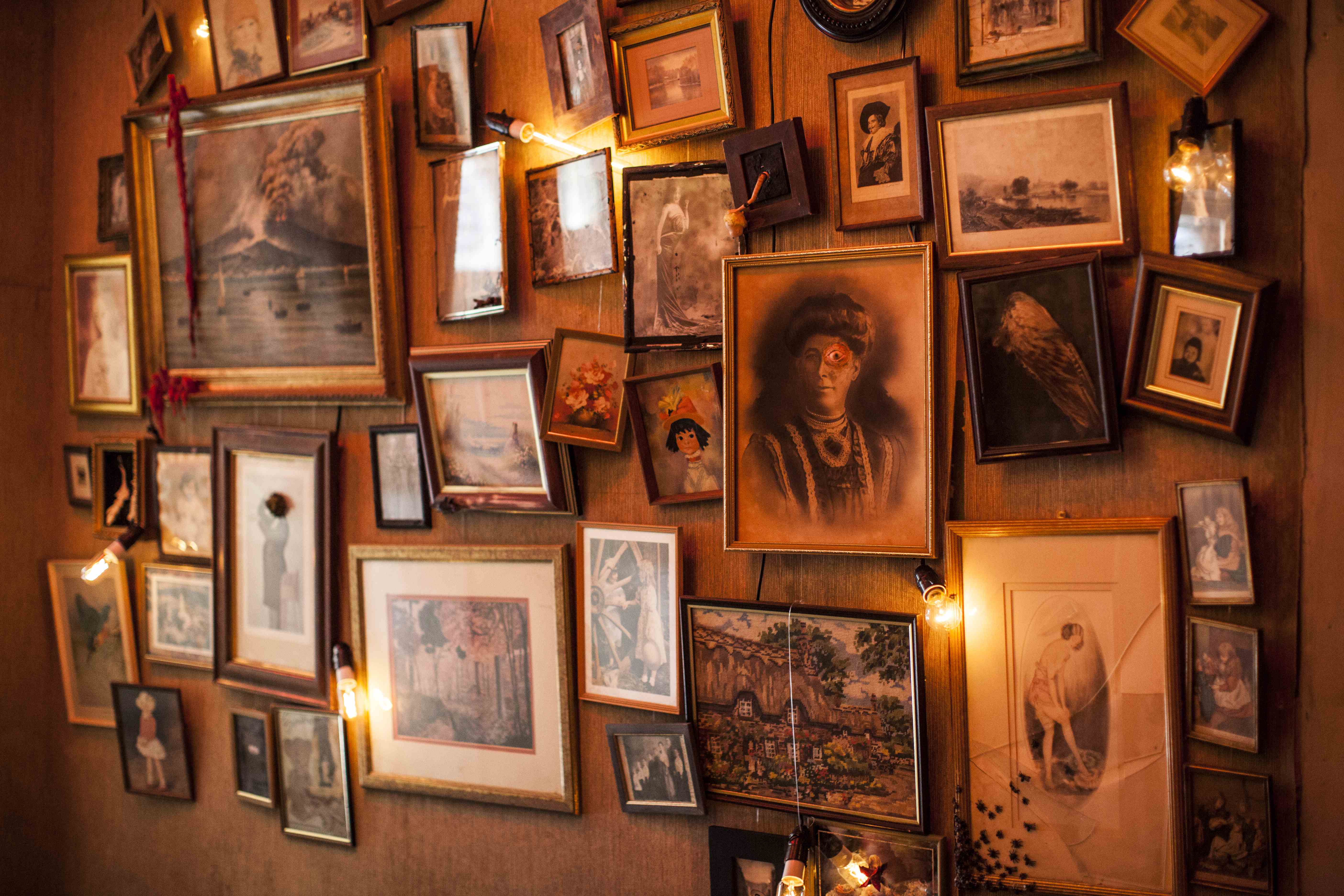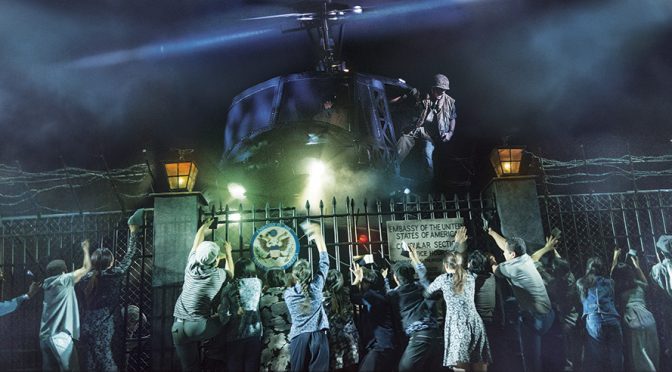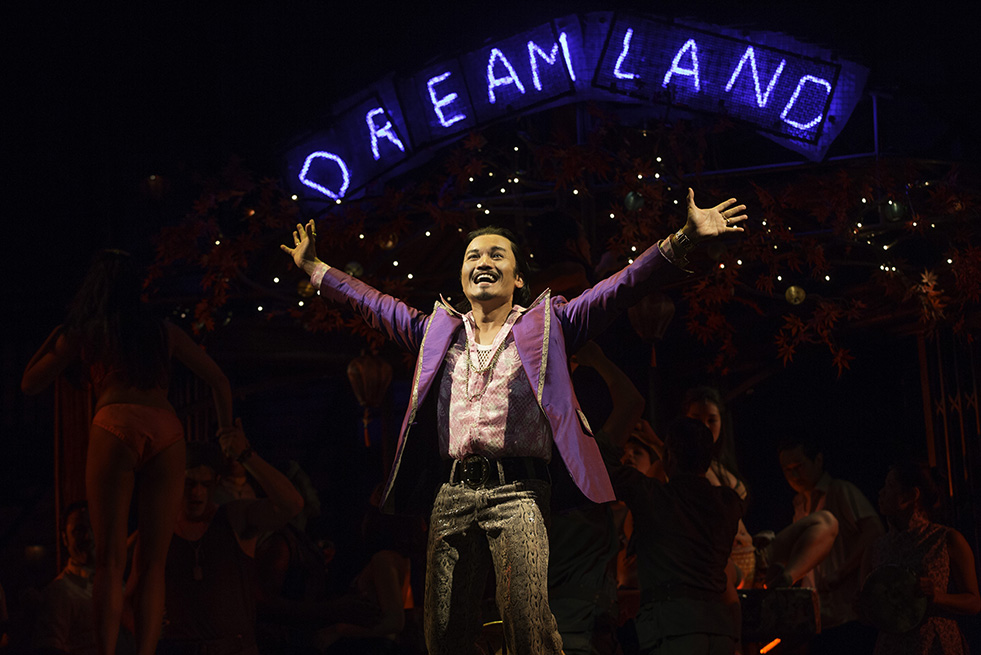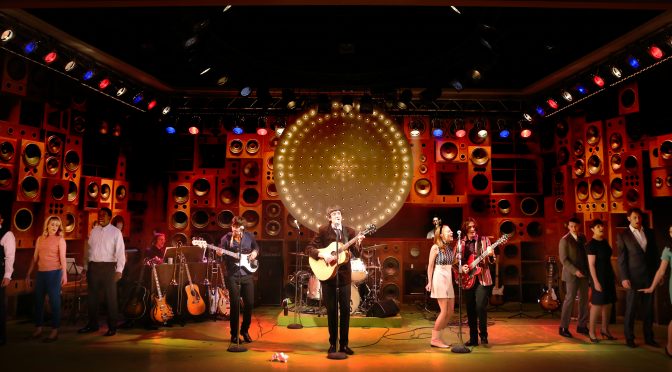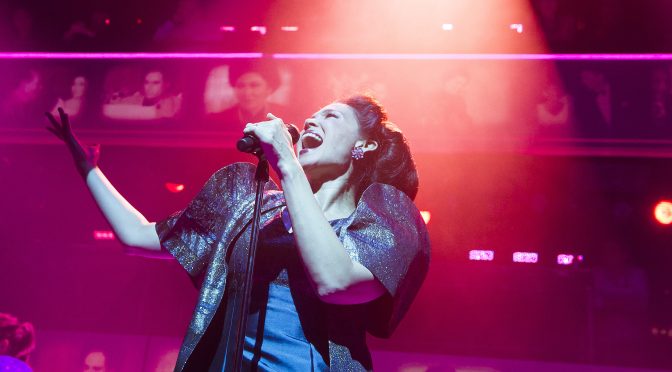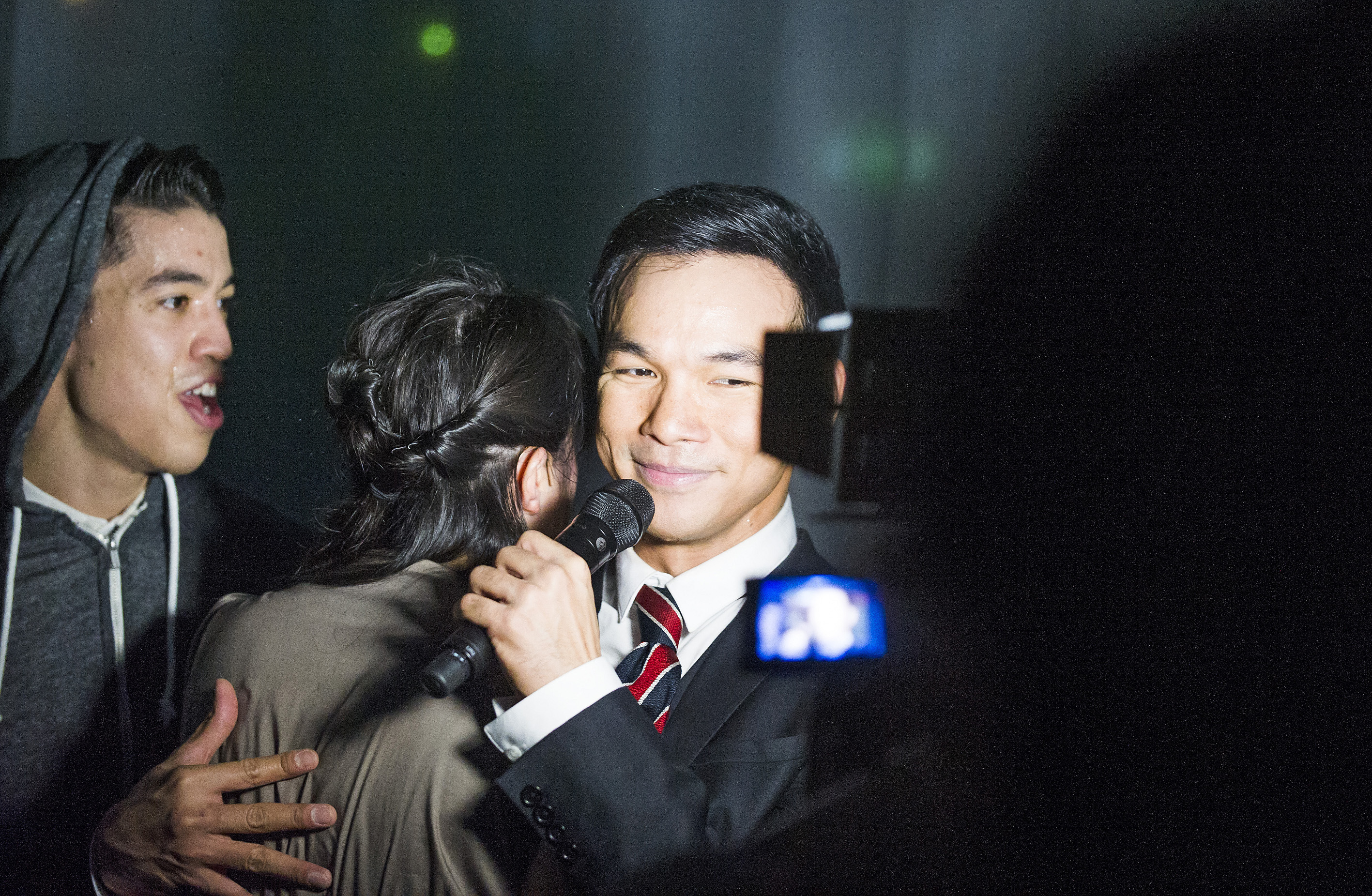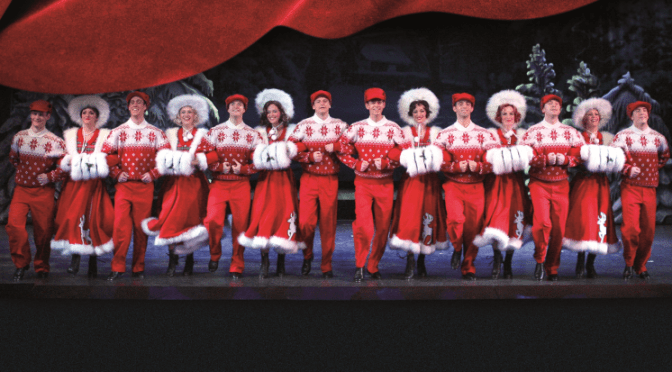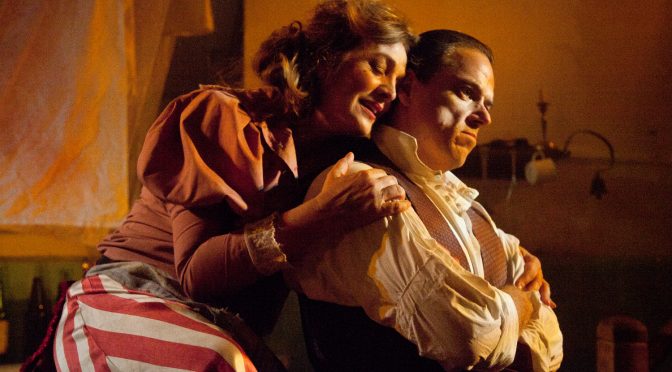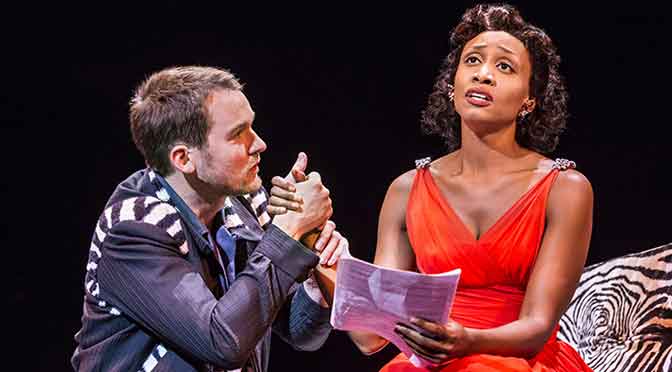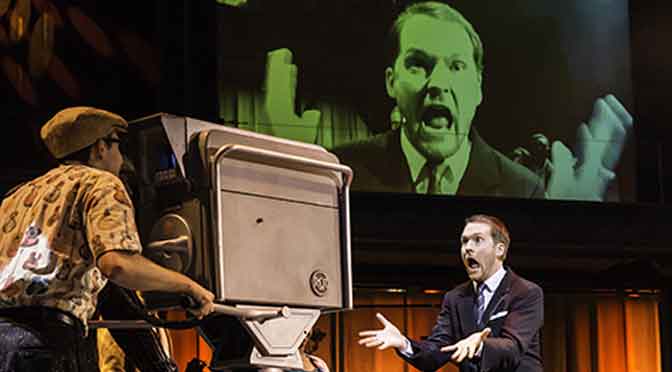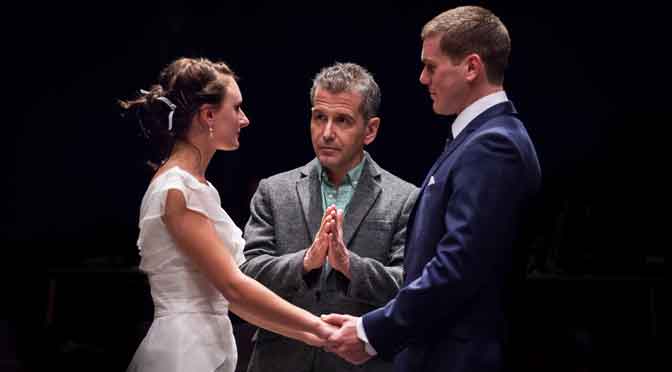After an acclaimed run at the Arcola earlier this year, Barney Norris’ Visitors is now playing at the Bush Theatre. Impeccably directed by Alice Hamilton, the story of elderly couple Arthur and Edie, she sliding into dementia, is finely written and superbly acted. It’s hard to believe this is Norris’ first full-length play, it’s so accomplished: a moving family drama full of excellent observation and real heart. The subject matter is difficult, but the play so infused with gentle humour and poetic wisdom that it’s a delight to watch and an inspiring experience.
Two younger characters, the couple’s son, Stephen, and Kate, a recent graduate employed as a carer, serve as entry points for all ages in the audience. It’s clear that Norris aims to examine not just the afflictions of old age, but also how memory links to identity, and the importance of the choices we make throughout life. Stephen’s poor jokes show how spot on the humour in the show really is and, while his mid-life crisis might be a touch predictable, Simon Muller does well in the role. Eleanor Wild is superb as the young Kate, ostensibly the visitor of the title, an intriguing and carefully drawn figure.
The elderly couple is an often uncomfortable memento mori for the younger characters. With little action in Visitors, the play reminded me, somewhat fancifully, of a Dutch still life painting; something demanding careful attention and worth treasuring. Arthur and Edie are in no way clichéd and never patronised. Robin Soanes is utterly believable as the elderly farmer Arthur and Linda Bassett’s performance one of the best I’ve seen this year. Bassett makes good lines great with assured comic touches. As Edie’s observations on life, though obscured by her illness, become increasingly poignant, each line she delivers becomes all the more memorable.
Until 10 January 2015
www.bushtheatre.co.uk
Photo by Mark Douet

